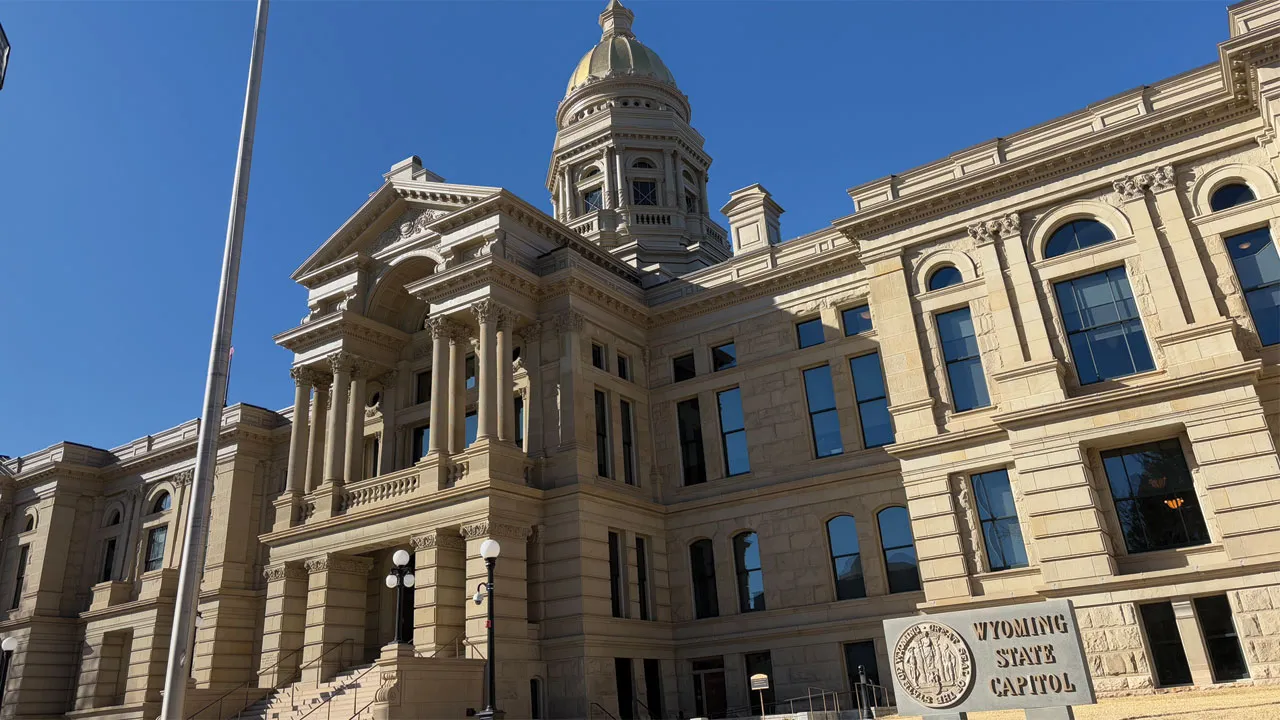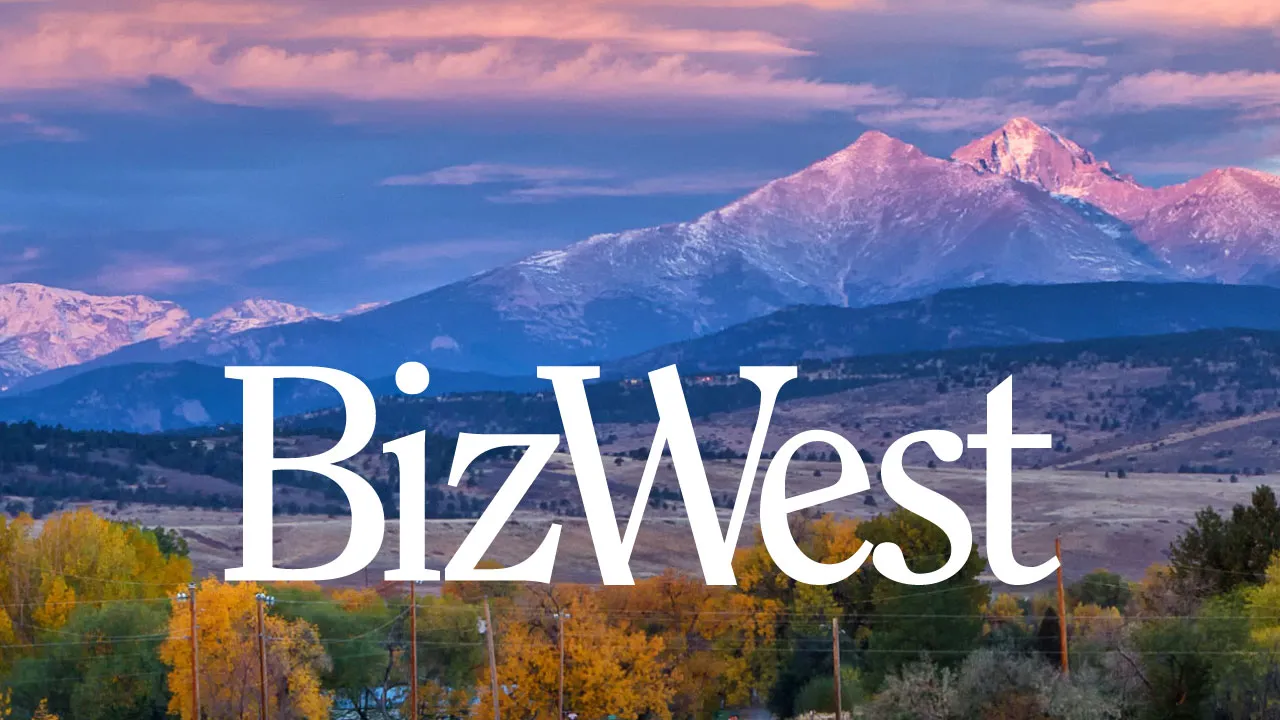Cheyenne: Just up the road or another world away?
Wyoming capital, Northern Colorado share many connections

While Wyoming is an entirely different state, it’s not a different world. Northern Colorado and southeast Wyoming — with its main population centers of Cheyenne and Laramie — are intimately connected. And despite some clear cultural and economic differences, the regions often prosper (or face challenges) in tandem.
THIS ARTICLE IS FOR SUBSCRIBERS ONLY
Continue reading for less than $3 per week!
Get a month of award-winning local business news, trends and insights
Access award-winning content today!



